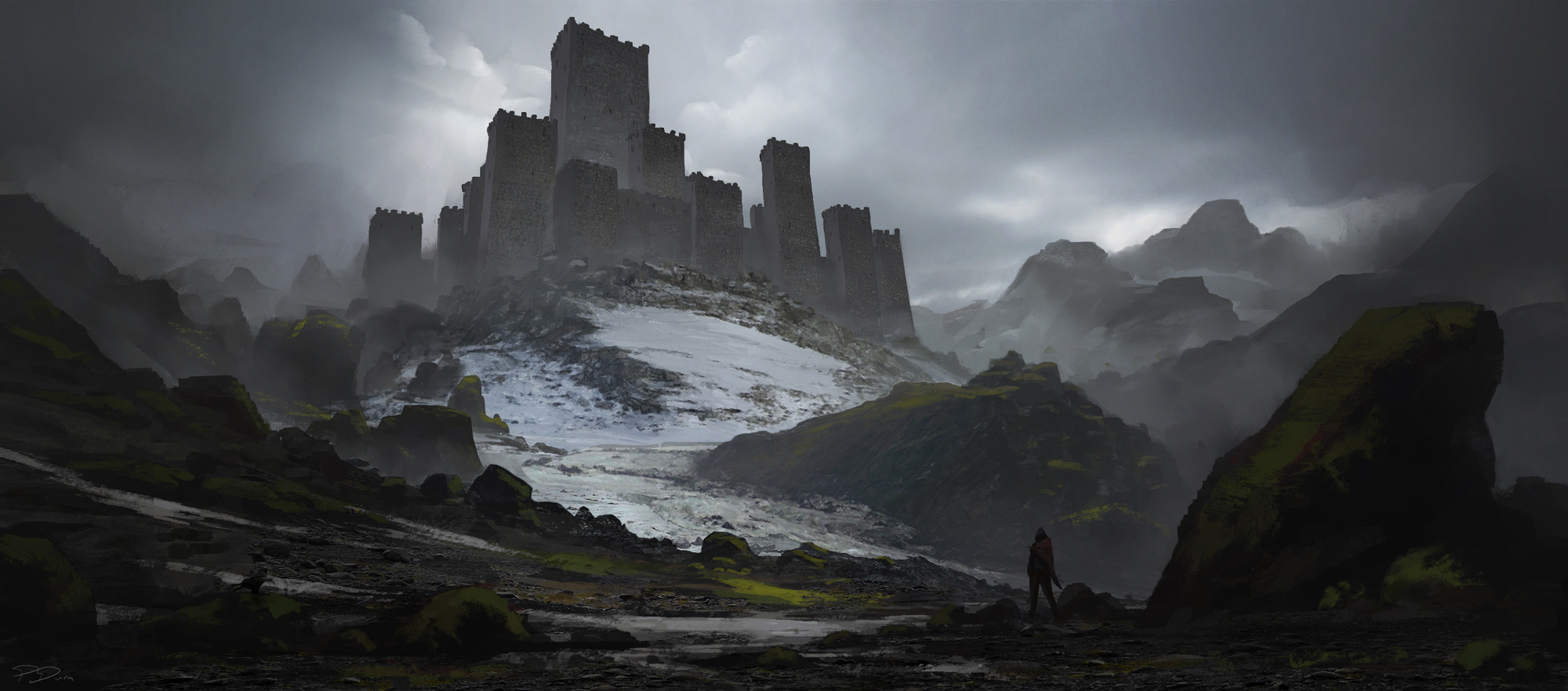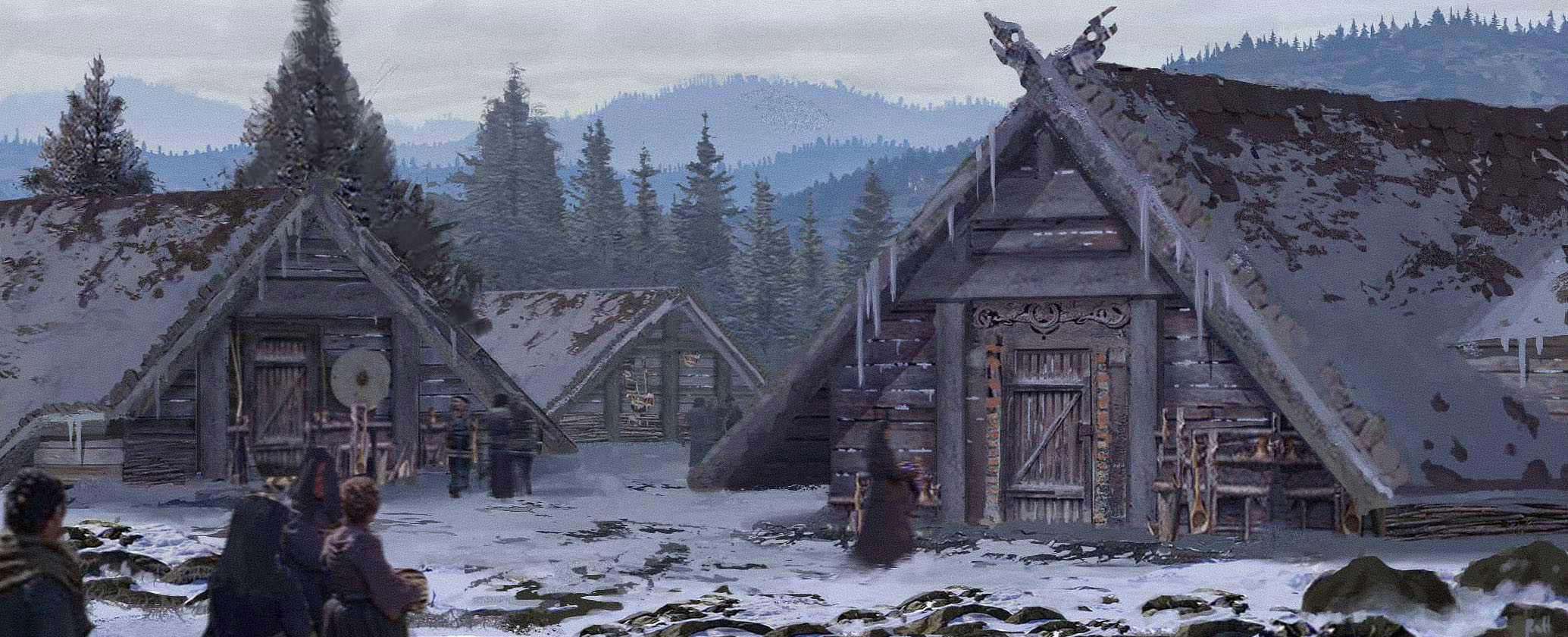Veran
The Veran are an ethnicity that is made up of mixed bloodlines between man and dwarf. Centuries ago following the Bloodletting, many tribes of dwarves were fearful of man turning on them as they did on the elves. Several tribes of dwarves left the Norsskia Issleas and headed west towards the distant mountains. They eventually settled in the valleys between the Eperom Wall and the Andalashin Mountain Range on the continent of Uper Brahru. In the Mountains they came across a friendly tribes of Frons that helped the establish themselves in the area. Eventually they would live side by side with them and marry. While most Veran have the blood of man and dwarf, it is not a requirement to be considered a Veran.
Culture
Shared customary codes and values
The Veran have a warrior centered society where the strong take what they want. Duels are common and are used to not only settle disagreements but also wages will take place. Veran duels differ from others in the fact that they end at first blood, to kill another in a duel is considered dishonorable. In a duel over a wager, the most common thing to fight over is property and wives. As having more than one wife is common, some of the strongest warriors have been known to have up to a dozen wives.
Common Dress code
In Veran society, men and women wear similar wool tunics with a pelt over to keep themselves warm. Historically the similar clothing was a result of the tribes unfamiliarity to the materials native to the region.
Art & Architecture
Veran architecture often does not have any unique style and primarily consists of woof framed buildings with straw roofing. Unlike other cultures, Veran often live in communal homes called "longhall's" with up to 4 other families. Only some of the strongest warriors live in homes only consisting of their own families. Due to the tradition of dueling, ownership of homes will often frequently change hands. The only buildings not constructed out of wood are forts, castles and other military installations. These building are constructed primarily out of stone.
Foods & Cuisine
Veran cuisine is simple and mainly consists of mean and root vegetables. Some of the most common dishes are stews made up of mean and several vegetables. The Veran do not often trade for food with other nations and will only import exotic foods for important celebrations.
Coming of Age Rites
A common coming of age rites for the Veran men consists of a hunt. At the age of 14, the young men are sent off into the wilderness alone to hunt for a bear. They are meant to hunt the bear and bring back its entire body. If a young man is able to do this, then the village will skin and cook the bear for a coming of age feast. The pelt is then given to the young man as a symbol if their passing into adulthood.
Funerary and Memorial customs
When someone dies little is done with their bodies. Some families will either burn or bury the remains. The Veran care little for what is done with the body as the soul has already passed on. Runestones are the closest thing the Veran have to a religious celebration or ceremony. They are raised to either celebrate the life of a family member but are not a gravestone.
Ideals
Courtship Ideals
Women are often viewed as "prizes" in Veran society. When a man wishes to court a women, she will often have a champion, usually a brother or the father, who will test the mans strength. Depending on the champions age or skill they will either challenge the man to a duel or will offer a task that tests the mans strength. If several men wish to court the same women, they will compete with the champion and then if they succeed they will then challenge each other to a duel. Some of the strongest warriors of a town have been known to court several women at once.
Major organizations
Veran Complexion:
The Veran have an extremely pale complexion due to the lack of sunlight in the mountains and the valleys. Their hair color ranges from blonde to light brown. Their eye color is often blue with some having green eyes.Naming Traditions
Veran will often name their children after themselves or another member of the family. Its not uncommon for families to have up to three or four children with the same name.Feminine Naming:
Aslaug, Embla, Ingvild, Sarah, Etc.Masculine Naming:
Aksel, Bjørnar, Emrik, Njord, Etc.Family Names:
Anker, Eriksen, Haugen, Østberg, Etc.
Parent ethnicities
Related Organizations




Comments